Few gemstones capture the essence of tranquility and elegance like the aquamarine specimen. With its serene blue hues reminiscent of the ocean, aquamarine has enchanted gemstone collectors, jewelers, and crystal enthusiasts for centuries. Whether displayed as a natural mineral specimen or cut into fine gemstones, aquamarine remains one of the most beloved members of the beryl family, alongside emerald and morganite.
In this comprehensive guide, we’ll explore everything you need to know about aquamarine specimens — from their geological origins and healing properties to expert buying tips and collector insights.
What Is an Aquamarine Specimen?
An aquamarine specimen is a naturally occurring crystal or mineral sample of aquamarine — a variety of the beryl family, colored by traces of iron. The name “aquamarine” comes from the Latin aqua marina, meaning “water of the sea,” perfectly describing its tranquil blue to blue-green tones.
Unlike faceted gemstones used in jewelry, mineral specimens are typically left in their natural crystal form, making them highly prized among collectors and geology enthusiasts.
Key Facts about Aquamarine Specimens:
- Chemical composition: Be₃Al₂(SiO₃)₆
- Crystal system: Hexagonal
- Hardness: 7.5–8 on the Mohs scale
- Color range: Pale sky blue to deep sea blue
- Luster: Vitreous (glass-like)
- Transparency: Transparent to translucent
The Geological Origins of Aquamarine
Aquamarine forms in pegmatite veins — coarse-grained igneous rocks created during the final stages of magma crystallization. These veins are rich in minerals like quartz, feldspar, and mica, making them a treasure trove for gemstone prospectors.
The color intensity of aquamarine depends on the concentration of iron impurities (Fe²⁺ and Fe³⁺) within the crystal structure. Deeper blues are typically more valuable and sought-after by collectors.
Top Global Sources of Aquamarine Specimens
- Brazil: The world’s largest supplier, especially from Minas Gerais.
- Pakistan & Afghanistan: Known for high-quality aquamarine crystals with rich color and clarity.
- Madagascar & Mozambique: Producing brilliant, sky-blue aquamarine crystals.
- United States: Fine aquamarine specimens are found in Colorado’s Mount Antero and California’s San Diego County.
Each region gives its aquamarine a unique visual fingerprint — from icy transparency to ocean-deep saturation.
The Historical and Symbolic Significance of Aquamarine
Aquamarine has a long and fascinating history. Ancient sailors carried aquamarine amulets for protection on the sea, believing the gem calmed waves and brought safe voyages.
In the Middle Ages, aquamarine was thought to possess healing powers — easing eye strain, soothing emotions, and improving clarity of thought.
Today, aquamarine is the birthstone for March and symbolizes courage, peace, and communication. It’s also a traditional gift for 19th wedding anniversaries, representing eternal youth and calm relationships.
Physical and Metaphysical Properties
Beyond its beauty, the aquamarine crystal is cherished for both its scientific and spiritual qualities.
Physical Properties
- Excellent durability (Mohs 7.5–8), suitable for jewelry.
- Typically heat-treated to enhance blue color.
- Often found in prismatic, six-sided crystals with striations.
Metaphysical Properties
- Promotes serenity, courage, and self-expression.
- Associated with the throat chakra, aiding clear communication.
- Believed to reduce stress and calm the mind.
Collectors who value both science and spirituality often display aquamarine specimens as symbols of balance between nature and energy.
Why Collect Aquamarine Specimens?
For mineral collectors, aquamarine specimens offer more than just visual beauty — they represent geological perfection and rarity.
Top Reasons Collectors Love Aquamarine:
- Aesthetic Appeal: The transparent, icy blue crystals are visually striking.
- Rarity: Well-formed crystals with clarity and deep color are rare.
- Investment Value: High-quality aquamarine specimens appreciate over time.
- Educational Value: Perfect for studying crystallography and mineral formation.
- Decorative Use: Makes an elegant display piece for homes or offices.
Many collectors prefer aquamarine clusters or matrix specimens where crystals are embedded in feldspar or mica, showcasing their natural growth environment.
Aquamarine in Jewelry and Design
When cut and polished, aquamarine transforms into a luxurious gemstone admired for its brilliance and light reflection. Its hardness and clarity make it ideal for:
- Rings and pendants
- Statement necklaces
- Engagement rings (modern alternative to diamonds)
- Artisan crystal jewelry
Jewelry buyers appreciate that aquamarine pairs beautifully with white gold, silver, and platinum — enhancing its cool oceanic tone.
How to Identify Genuine Aquamarine Specimens
With the popularity of aquamarine, imitations are common — often blue topaz or glass marketed as aquamarine.
Here’s how to spot genuine specimens:
Identification Checklist
- Color: Natural aquamarine shows gentle, even blue hues (not overly saturated).
- Clarity: Natural inclusions may appear as fine tubes or liquid inclusions.
- Luster: Should have a natural, vitreous shine.
- Origin: Ask sellers for origin and authenticity documentation.
- UV Test: Genuine aquamarine is typically inert under UV light, while glass often glows.
Buying Guide: How to Choose an Aquamarine Specimen
When purchasing aquamarine specimens online or from a dealer, consider the following key factors:
1. Color
Deeper blues with slight greenish tones are the most prized. However, collectors often value the natural range — from pale blue to vivid ocean hues.
2. Clarity
Transparent crystals with minimal inclusions fetch higher prices. Specimens with natural inclusions, however, can be fascinating from a geological perspective.
3. Size & Shape
Larger, well-terminated crystals are rare and more collectible. Pay attention to crystal terminations and formation symmetry.
4. Origin
Specimens from Brazil, Pakistan, and Colorado are especially desirable due to their color and clarity.
5. Matrix Presence
Crystals attached to their original rock (matrix) are often more valuable and display-worthy.
6. Seller Reputation
Always buy from trusted dealers or verified online stores specializing in minerals and gemstones. Check for high-resolution photos and detailed descriptions.
How to Care for Aquamarine Specimens
Proper care helps maintain your aquamarine’s brilliance and integrity.
Do’s:
- Clean gently using warm soapy water and a soft brush.
- Store separately from harder gemstones to avoid scratches.
- Display away from direct sunlight (prolonged exposure can fade color).
Don’ts:
- Avoid ultrasonic or steam cleaners.
- Don’t use harsh chemicals or acids.
If you display your aquamarine in a case, consider adding silica gel packs to prevent humidity damage.
Famous Aquamarine Specimens and Discoveries
Some aquamarine discoveries are legendary in the mineral world:
- The Dom Pedro Aquamarine (Brazil): A 10,363-carat masterpiece, the largest faceted aquamarine in the world.
- Pakistan’s Shigar Valley Crystals: Known for gem-quality aquamarine embedded in snowy white feldspar.
- Colorado’s Mount Antero: Produces highly transparent crystals cherished by American collectors.
These discoveries highlight aquamarine’s enduring global fascination.
Frequently Asked Questions (FAQs)
1. Is aquamarine a rare gemstone?
Yes. While smaller crystals are relatively common, large, transparent aquamarine specimens with deep blue color are rare and highly valuable.
2. What’s the difference between aquamarine and blue topaz?
Aquamarine has a naturally soft blue-green hue and belongs to the beryl family. Blue topaz, often treated to achieve its color, has a more vivid electric blue tone.
3. Can aquamarine fade in sunlight?
Prolonged exposure to strong sunlight may cause some aquamarine specimens to fade slightly. Store them in shaded or indirect light conditions.
4. How do I know if my aquamarine is natural or heat-treated?
Most gem-grade aquamarine is heat-treated to enhance color. The treatment is stable and accepted in the gemstone market.
5. Is aquamarine a good investment?
Yes — high-quality, large aquamarine specimens from reputable sources can appreciate in value, especially those with strong color and excellent crystal formation.
Conclusion: The Timeless Beauty of Aquamarine Specimens
From the depths of ancient pegmatites to elegant display shelves, aquamarine specimens continue to mesmerize collectors and jewelry lovers alike. Their delicate blue tones evoke peace and purity, while their geological story speaks of nature’s artistic perfection.
Whether you’re a seasoned mineral collector or just beginning your gemstone journey, investing in a high-quality aquamarine specimen offers both visual beauty and timeless value.
👉 Explore authentic Aquamarine Specimens at [Luminex Specimen] — hand-selected for collectors, jewelers, and enthusiasts who appreciate nature’s finest craftsmanship.
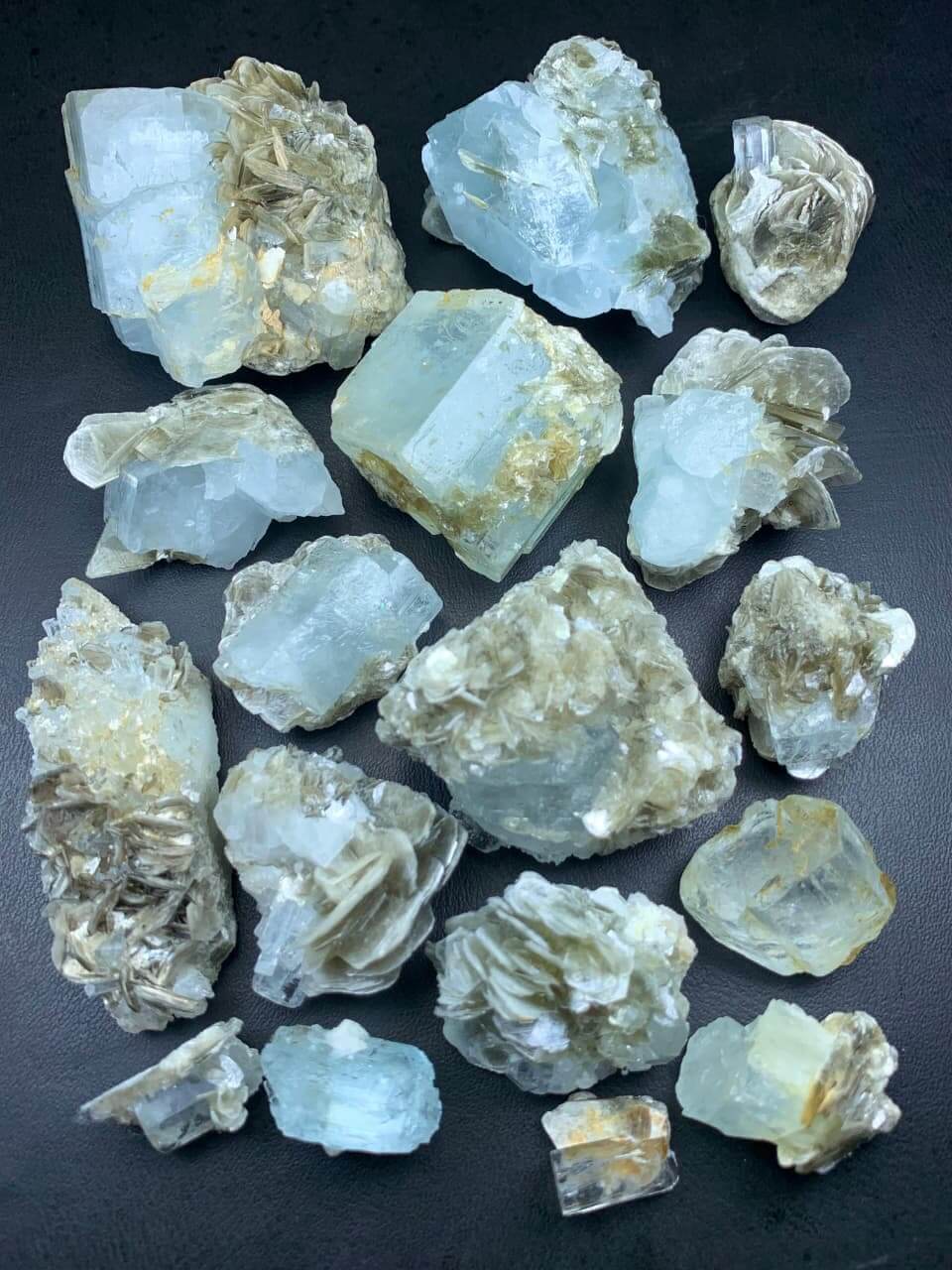
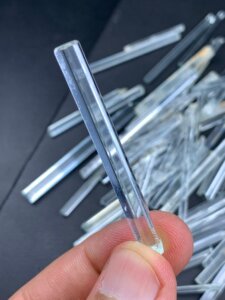
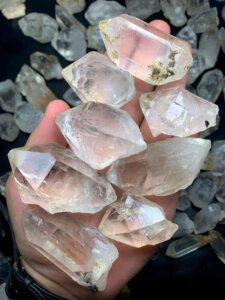
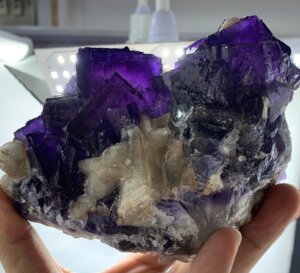
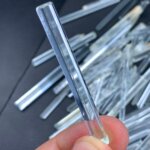
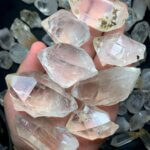
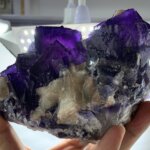
[…] the mineral beryl). Unlike standard gemstones cut for jewelry, fine specimens are prized for their natural form, clarity, and aesthetic perfection as mineral […]